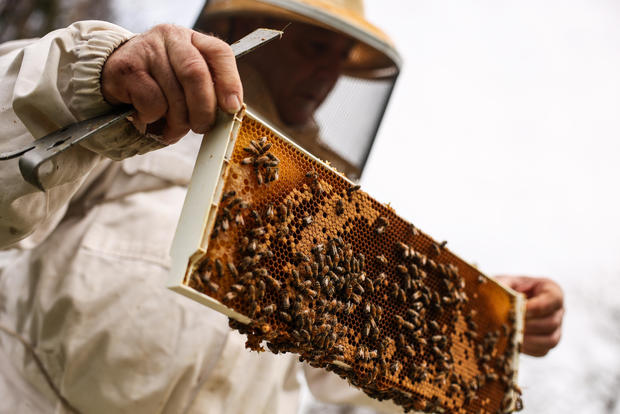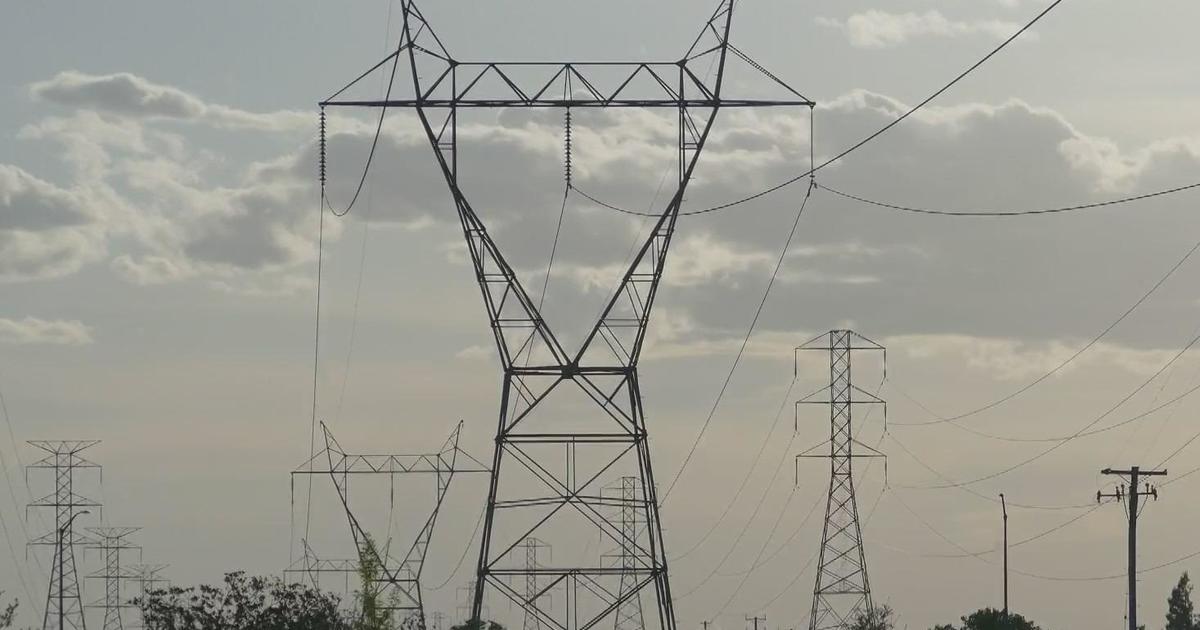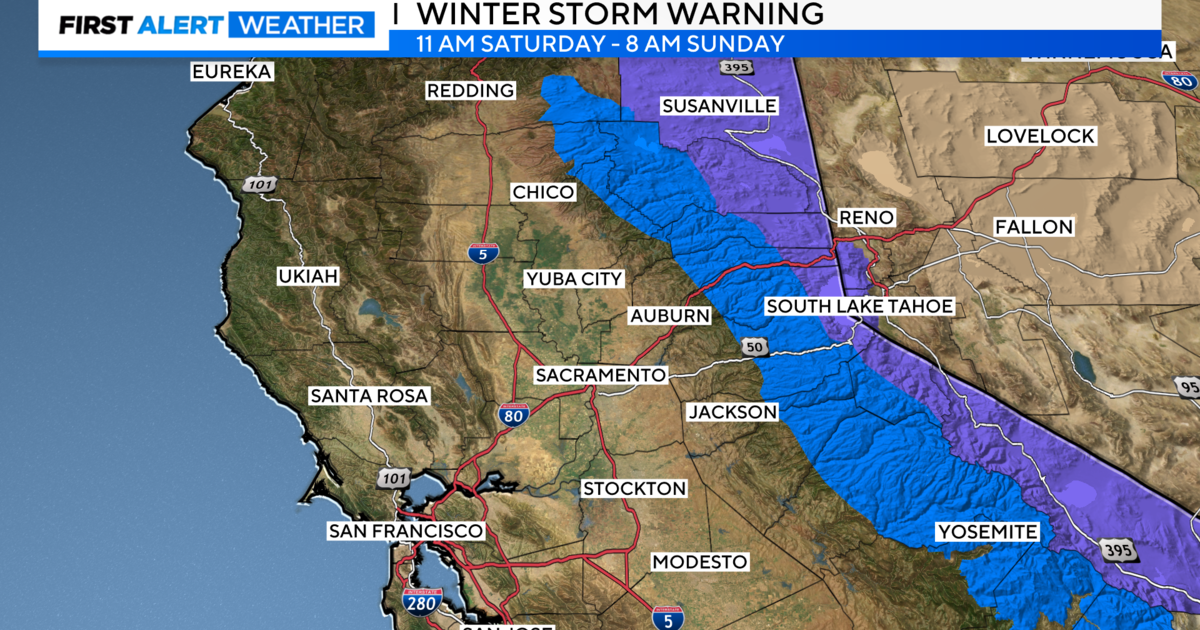Study shows swarming honeybees can produce as much electricity as a thunderstorm
Swarms of honeybees can generate as much electrical charge as a thunderstorm, new research shows.
In a study published in the journal iScience on Monday, researchers from the University of Bristol in the United Kingdom discovered this phenomenon by chance.
Biologist Ellard Hunting, the first author on the study, told CNN that the Bristol team was studying how different organisms use the static electric fields that are everywhere in the environment.
Atmospheric electricity has a variety of functions, mainly in shaping weather events and helping organisms, for example in finding food.
"For instance, flowers have an electric field and bees can sense these fields. And these electric fields of flowers can change when it has been visited by a bee, and other bees can use that information to see whether a flower has been visited," Hunting explained.
Having set up equipment to measure atmospheric electric fields at the university's field station, which features several honeybee hives, Hunting and his team noticed that whenever the bees swarmed, there was "a profound effect on atmospheric electric fields," even though the weather hadn't changed.
All insects create a charge during flight as a result of friction in the air, with the size of the charge varying between species. Individual bees carry a charge that is small enough to be overlooked by researchers, so "this effect (in swarming bees) came as a surprise," Hunting said.
The researchers observed the hives on the field station, using a camera to record and electric field monitors to measure currents during the honeybee swarms. Swarms can occur when a hive becomes overcrowded, with the queen bee leaving with around 12,000 worker bees, researchers wrote in the study.
The monitors measured the currents for approximately three minutes at a time as the swarms passed over them, and captured charges ranging from 100 to 1,000 volts per meter. Hunting and his colleagues noticed that the electric field was greater when the swarm was thicker -- more densely packed with bees. They found that, depending on the swarm density, the atmospheric charge could be similar to that of a storm cloud, thunderstorm or electrified dust storm.
Using the model developed with the honeybees, the team predicted the influence of other insect species -- such as locusts -- that swarm on a "biblical scale," and theorized that they have the potential to change their local electrical environment with a "magnitude comparable with meteorological events," the study says.
Hunting said he believes the team's findings open up new avenues of research, especially in the relationship between the natural world and atmospheric electricity.





